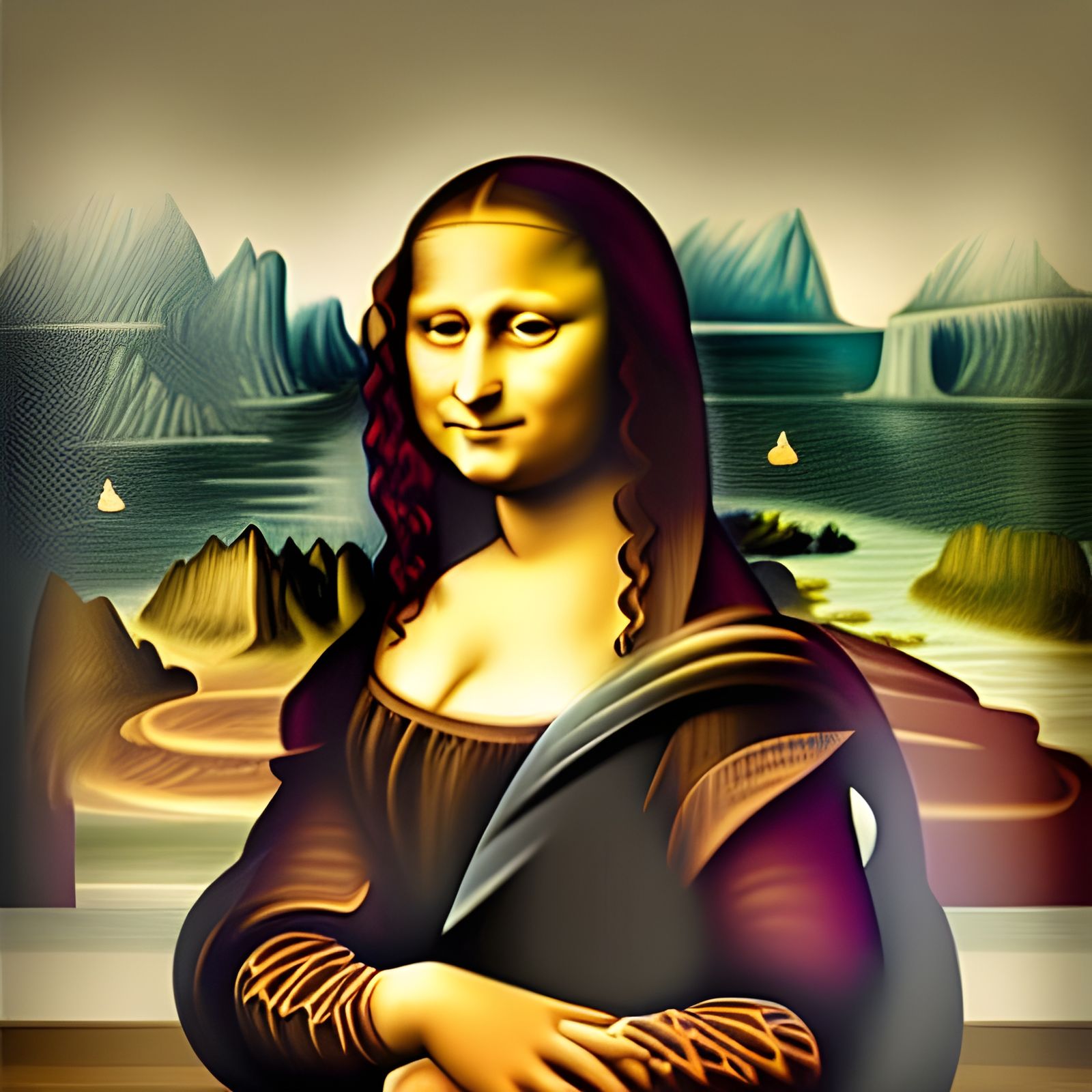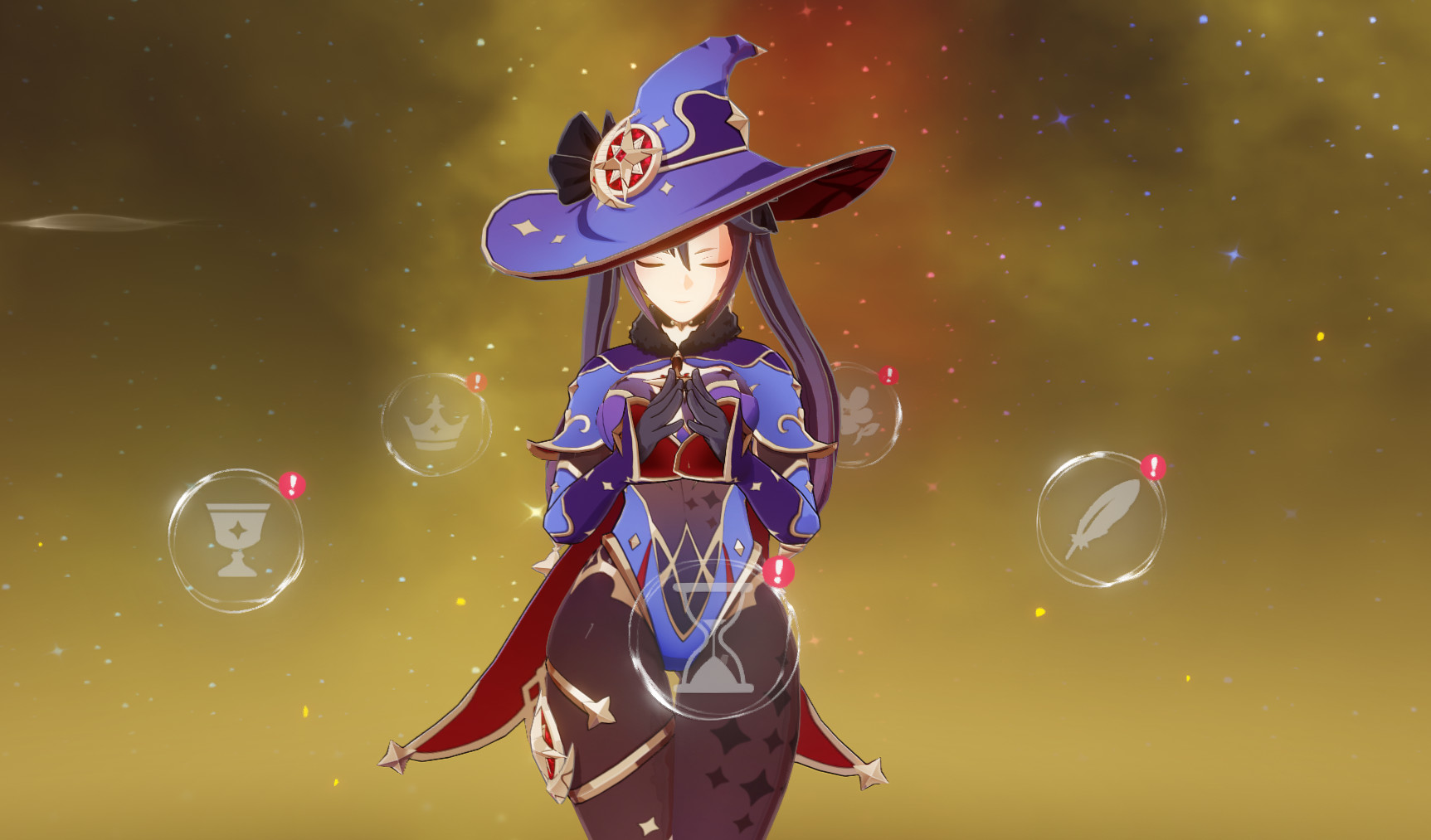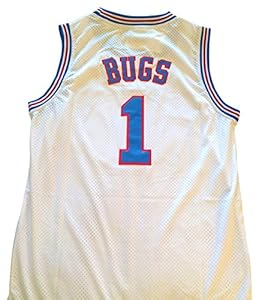Art is a reflection of culture, and as cultures evolve, so does the interpretation and manifestation of art. One of the most intriguing examples of this phenomenon is the intersection of traditional art and modern consumer culture, epitomized by the “Mona Lisa Bubble Gum.” This unique product has not only become a novelty item but also serves as a lens through which we can examine the broader implications of art in contemporary society.
The Origins of the Mona Lisa Bubble Gum Phenomenon
The “Mona Lisa Bubble Gum” is a product that combines the iconic image of Leonardo da Vinci’s most famous painting with the playful, youthful spirit of bubble gum. The juxtaposition of high art and low culture raises important questions about artistic value and consumerism.
- The Birth of a Concept: The idea originated from a desire to make art more accessible and relatable to the general public. It represents a shift from the traditional view of art as elitist to a more democratized form of expression.
- Marketing and Branding: The product was launched by various companies aiming to capitalize on the cultural cachet of the Mona Lisa. By associating a beloved artwork with a playful product, marketers tapped into a blend of nostalgia and novelty.
The Intersection of Art and Consumerism

The Mona Lisa Bubble Gum exemplifies how consumerism can influence the perception of art. This product raises important questions about authenticity, value, and the commodification of art.
- Commodification of Art: The Mona Lisa, a painting that has been revered for centuries, is transformed into a product meant for mass consumption. This commodification challenges the traditional notion of art as something sacred and untouchable.
- Art as a Branding Tool: The use of famous artworks in marketing campaigns is not new. However, the Mona Lisa Bubble Gum takes this a step further by turning art into a consumable item, blurring the lines between high and low culture.
The Appeal of Chewing Art

The appeal of Mona Lisa Bubble Gum lies in its ability to combine two seemingly disparate worlds: that of fine art and everyday life. This intersection creates a unique experience for consumers.
- Nostalgia: The Mona Lisa is an iconic image that evokes a sense of history and cultural significance. By combining it with bubble gum, manufacturers tap into a sense of nostalgia that resonates with consumers of all ages.
- Playfulness: Chewing gum is inherently playful and fun. The Mona Lisa, on the other hand, is often seen as serious and contemplative. The combination invites consumers to engage with art in a lighthearted manner.
Case Studies: Mona Lisa Bubble Gum in Popular Culture

The impact of the Mona Lisa Bubble Gum extends beyond mere consumer goods. It has found its way into various aspects of popular culture, influencing art, fashion, and social media.
Art and Fashion
Several artists and designers have leveraged the imagery of the Mona Lisa Bubble Gum in their creations, demonstrating its influence across different mediums.
- Street Art: Street artists have embraced the image of the Mona Lisa chewing gum as a symbol of the fusion of high and low culture. Works depicting this mash-up have appeared on walls around the world, emphasizing the accessibility of art in urban spaces.
- Fashion Collaborations: Fashion brands have incorporated the Mona Lisa Bubble Gum into their collections, using the image to appeal to a younger demographic. This has resulted in clothing lines that celebrate both art and pop culture.
Social Media and Viral Trends

The Mona Lisa Bubble Gum has also made waves on social media platforms, where visual content thrives. Its quirky nature has led to various trends and challenges.
- Memes and Viral Content: The image of the Mona Lisa with bubble gum has been turned into countless memes, showcasing its adaptability and appeal in the digital age.
- Influencer Marketing: Influencers have used the product in their content, further amplifying its reach and impact among younger audiences who are more likely to engage with playful interpretations of traditional art.
The Educational Aspect of Chewing Art
Beyond its commercial implications, the Mona Lisa Bubble Gum serves an educational purpose. It invites discussions about art, history, and culture in a way that is engaging and accessible.
- Art Appreciation: By presenting iconic artworks in a modern context, products like Mona Lisa Bubble Gum can spark interest in art history among younger generations who may find traditional art education intimidating.
- Critical Thinking: The juxtaposition of high art and consumer products encourages consumers to think critically about the value and meaning of art. It fosters discussions about what constitutes art and who gets to define it.
The Controversy Surrounding Chewing Art

While the Mona Lisa Bubble Gum has garnered interest and popularity, it has also sparked debates about the integrity of art.
- Authenticity vs. Commercialism: Critics argue that commodifying a masterpiece diminishes its value and significance. They contend that turning art into a product reduces its ability to provoke thought and emotion.
- Respect for Cultural Heritage: Some view the playful interpretation of revered artworks as disrespectful. The debate raises questions about cultural appropriation and the boundaries of artistic expression.
Conclusion: The Legacy of Mona Lisa Bubble Gum

The Mona Lisa Bubble Gum exemplifies the intricate relationship between art and consumer culture. It challenges our perceptions of what art can be and who it is for, inviting us to engage with iconic imagery in new and playful ways. Through its impact on popular culture, education, and consumerism, the product serves as a vehicle for discussion about the value of art in contemporary society.
In conclusion, the Mona Lisa Bubble Gum is more than just a novelty item; it is a reflection of our evolving relationship with art. As we navigate the complexities of culture, consumerism, and creativity, it is essential to consider the implications of such products on our understanding of art and its place in our lives. The blending of high art and playful consumerism may be controversial, but it undeniably opens up new avenues for appreciation, discussion, and engagement with art in an increasingly complex world.




